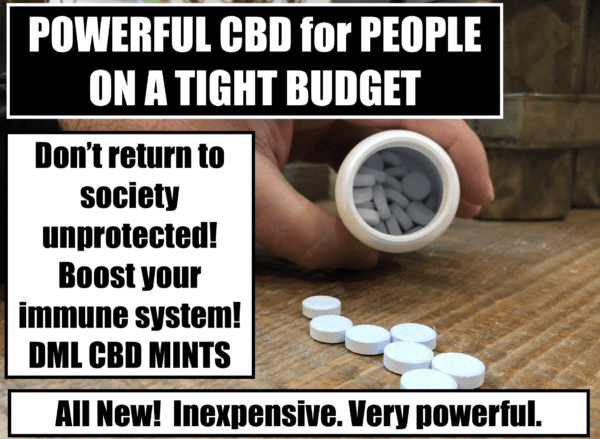BREAKING: CDC reverses course on one way coronavirus spreads

As the most reliable and balanced news aggregation service on the internet, DML News App offers the following information published by FOXNEWS.COM:
For those of you still wiping down groceries and other packages amid the ongoing coronavirus pandemic, breathe a sigh of relief: The Centers for Disease Control and Prevention (CDC) now say that the novel virus “does not spread easily” from touching contaminated surfaces or objects — but experts warn that doesn’t mean it’s no longer necessary to take “practical and realistic” precautions in stopping the spread of COVID-19.
Though it’s not clear exactly when, the federal health agency appears to have recently changed its guidelines from early March that initially said it “may be possible” to spread the virus from contaminated surfaces, now including surfaces and objects under a section that details ways in which the coronavirus does not readily transmit.
The article goes on to state the following:
Other ways in which the virus does not easily spread is from animals to people, or from people to animals, the federal agency said on its updated page.
The CDC now says that the virus does not easily spread from touching surfaces or objects.” It may be possible that a person can get COVID-19 by touching a surface or object that has the virus on it and then touching their own mouth, nose, or possibly their eyes. This is not thought to be the main way the virus spreads, but we are still learning more about this virus,” they state.
The CDC website further reads:
The virus is thought to spread mainly from person-to-person.
- Between people who are in close contact with one another (within about 6 feet).
- Through respiratory droplets produced when an infected person coughs, sneezes, or talks.
- These droplets can land in the mouths or noses of people who are nearby or possibly be inhaled into the lungs.
- COVID-19 may be spread by people who are not showing symptoms.
What else are they waiting to tell us? “Though it’s not clear exactly when, the federal health agency appears to have recently changed its guidelines from early March …”
CDC now says coronavirus ‘does not spread easily’ via contaminated surfaces https://t.co/o6lunFzQKv #FoxNews— Rasmussen Reports (@Rasmussen_Poll) May 20, 2020
To get more information about this article, please visit FOXNEWS.COM. To weigh in, leave a comment below.
Trending on DML News
Sorry. No data so far.

Leave a comment
You must be logged in to post a comment.